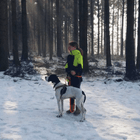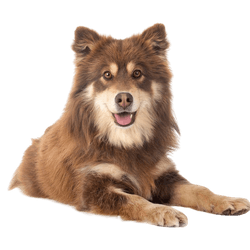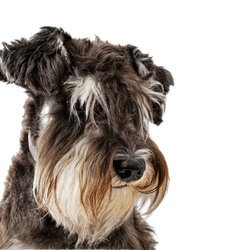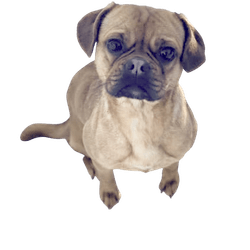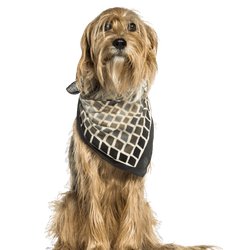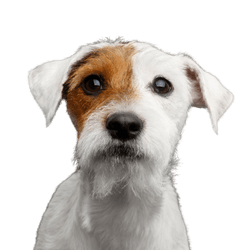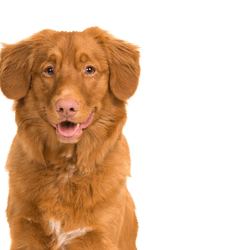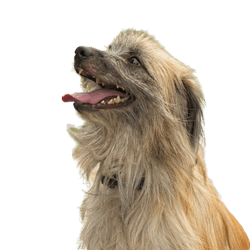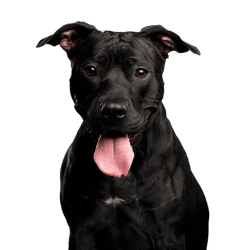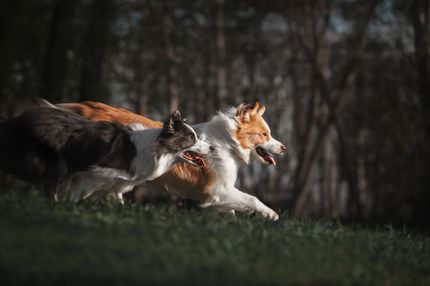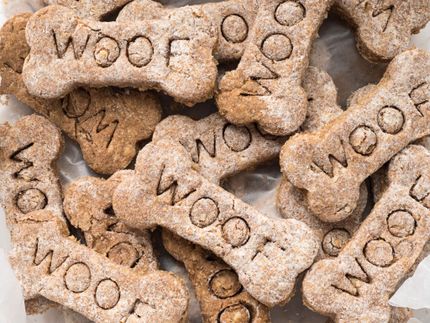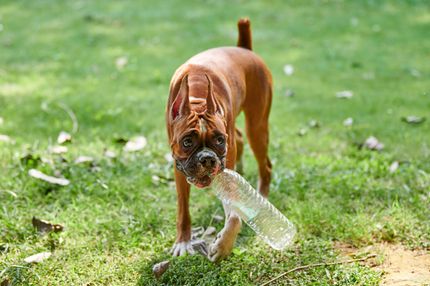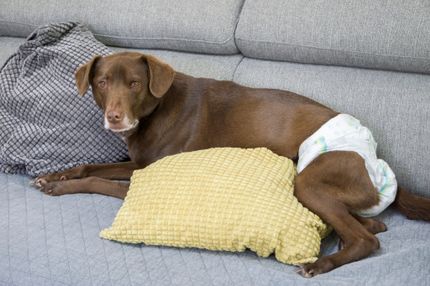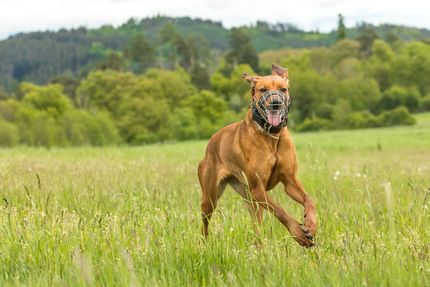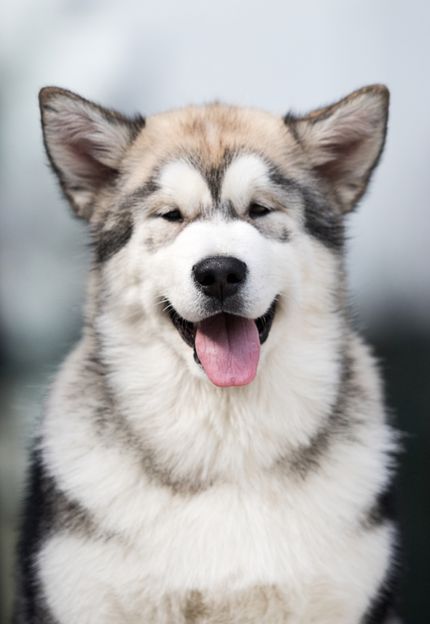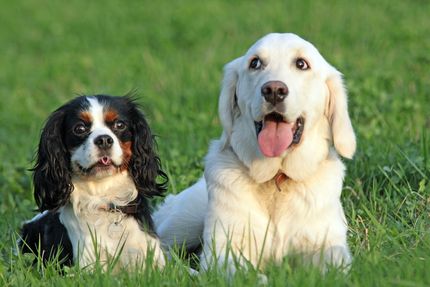Facts & Origin
Origin and history
The Korea Jindo Dog, often referred to simply as the Jindo, originally descended from the island of Jindo in South Korea. This breed has a long and fascinating history and is deeply rooted in Korean culture. For centuries, the Jindo has been used both as a hunting dog for wild animals such as wild boar and deer, and as a guard dog.
In Korea, the Jindo is revered not only for its abilities, but also as a national treasure. In 1962, it was declared a national monument, and strict breeding standards were established to preserve the purity of the breed.
Character and Suitability
The Jindo is known for his loyalty and devotion to his owner. He is an independent and intelligent dog, but he also needs a strong leader. Despite his attachment to his family, he often shows restraint around strangers, which makes him an excellent watchdog.
First-time owners may find the Jindo challenging, as he has a mind of his own and needs consistent training. His hunting instincts are strong, so a securely fenced yard would be ideal for him.
In terms of suitability, Jindo is best suited to families who have experience with dogs and can provide him with the guidance and structure he needs. With proper training and a loving home, the Jindo will become a loyal and reliable companion.
Overall, the Korea Jindo Dog represents an impressive combination of history, loyalty, and strength of character. With proper management, this dog will faithfully assist its owner for a lifetime.
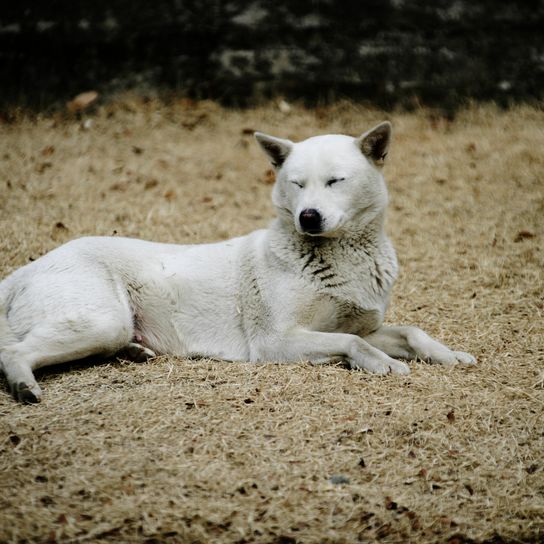
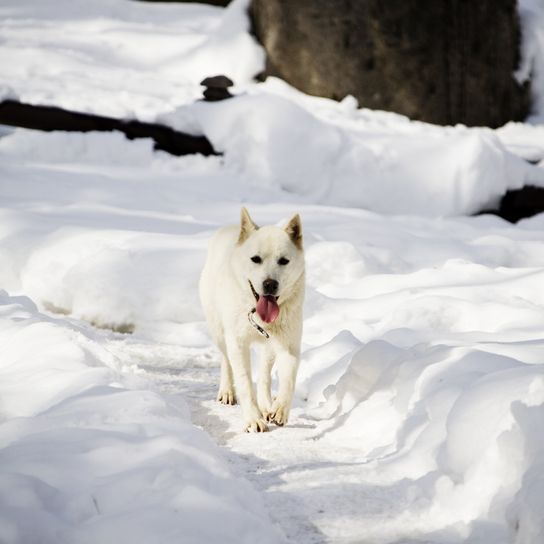
| Alternate Name | Jindo-gae, Jindo-kyon |
| Origin | - |
| Life expectancy | 11 - 14 years |
| Care requirements | low-maintenance |
| Activity level | average to high |
| FCI group | Asian Spitz and related breeds |
| AKC group | Foundation Stock Service |
| KC group | not recognised |
Attitude, character and temperament of the breed
Basic Nature
The Korea Jindo Dog, commonly known as the Jindo, is characterized by a deep-rooted self-confidence and independence. In Korean tradition, these dogs are often prized for their unfathomable loyalty and close bond with their family.
Character traits
Loyalty: One of the most well-known traits of the Jindo is its deep bond and loyalty to its owner. Stories of Jindos traveling long distances to return to their homes are legendary in Korea.
Intelligence: Jindos are highly intelligent animals that adapt quickly to new situations, often showing their own initiative.
Independence: Despite their attachment to their family, Jindos value their independence. This can be challenging for first-time owners, as the dog needs clear guidance.
Alertness: With a strong protective instinct, Jindos make excellent watchdogs. They are often reserved with strangers, but without being unnecessarily aggressive.
Interaction and Social Behavior
Although the Jindo is affectionate and loving towards his family, he can be territorial towards other dogs. It is important that he be well socialized in puppyhood to avoid excessive aggression or dominance. Proper training and socialization are key components to ensuring the Jindo grows into a well-adjusted and well-adjusted adult.
Overall, the Korea Jindo Dog is a proud, independent and loyal companion that will become an excellent family member with proper guidance and training.
Character
Usage
Health and breeding information
Care
The dense double coat of the Korea Jindo Dog requires regular grooming, especially during the main hair molting phases in spring and fall. It is recommended:
- Weekly brushing: this removes loose hair and prevents matting. During molting, brushing should be done daily.
- Regular inspection of ears and eyes: this prevents infections.
- Bathing: Only when necessary so as not to remove the coat's natural oil.
Health
The Korea Jindo Dog is known for its hardiness and longevity. However, there are some health concerns that should be watched out for:
- Hip dysplasia: A common problem in many breeds, regular examinations are recommended.
- Hypothyroidism: a disorder of the thyroid gland that can be monitored with regular blood tests.
An annual health check with a veterinarian is recommended to detect and treat potential health problems early.
Breeding
When breeding the Korea Jindo Dog, special emphasis is placed on maintaining the original appearance and character. Some important aspects are:
- Pure Breeding: Due to its cultural significance, Korea strictly adheres to pure breeding.
- Health tests: Before breeding, both parents should be tested for common hereditary diseases.
- Character and temperament: Only dogs that meet breed standards should be considered for breeding.
Breeding the Jindo requires experience and a deep understanding of the breed to ensure that the puppies are healthy and meet breed standards.

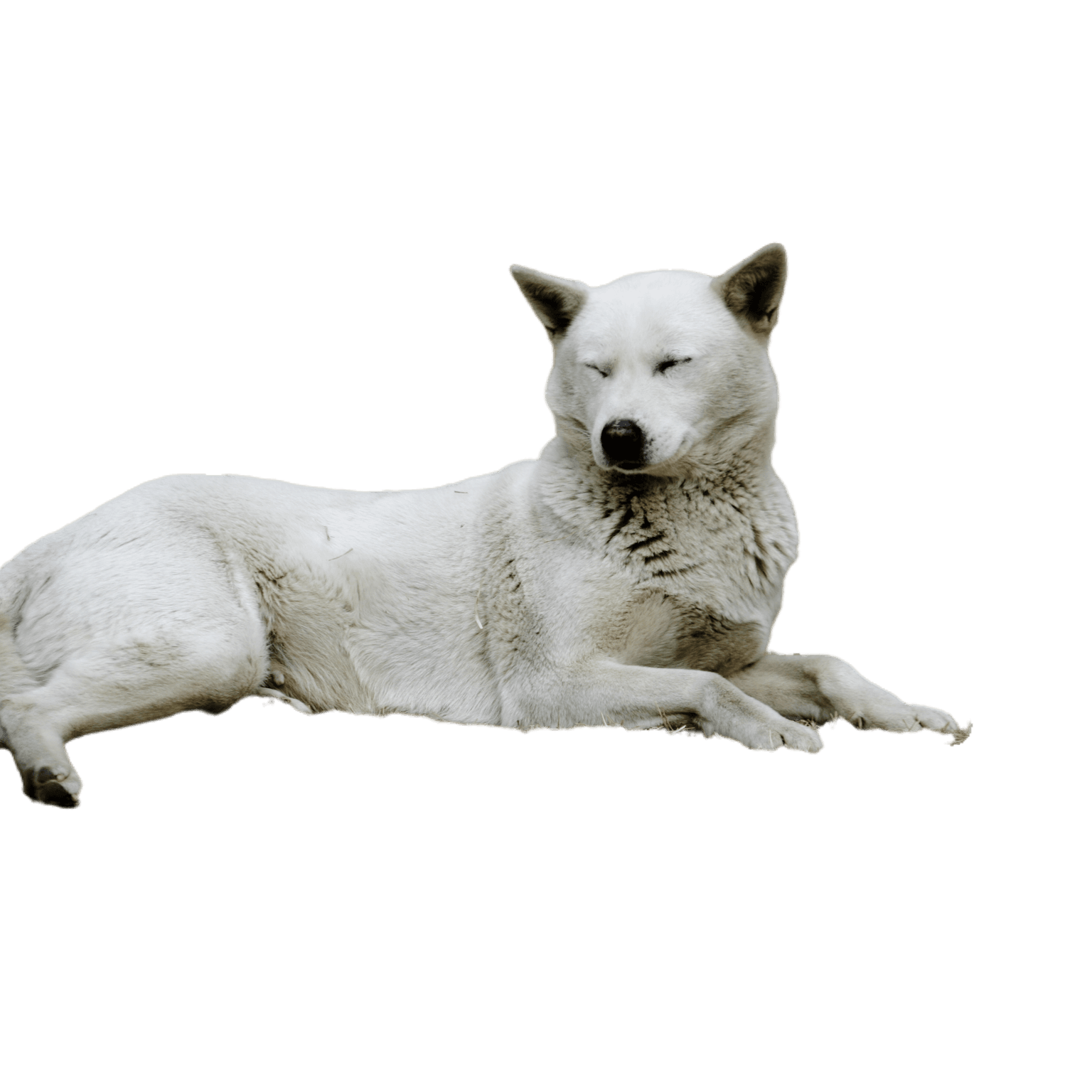
Coat Characteristics
The coat of the Korea Jindo Dog is short to medium length and has a dense undercoat that protects it from extreme weather conditions. A distinction is made between two coat types:
- Short coat: Close fitting with a soft, dense undercoat.
- Medium-length coat: Somewhat longer and often with a distinct mane, especially in males.
The coat is encountered in a variety of colors including white, black, red, brindle, gray and a combination thereof.
Appearance and Appearance
The appearance of the Jindo is elegant and athletic. With almond-shaped eyes that have a piercing gaze and erect ears, he always shows his alertness. His posture exudes confidence and pride.
Height and Weight
- Males:
- Height: 50-55 cm
- Weight: 18-23 kg
- Bitches:
- Size: 45-50 cm
- Weight: 15-19 kg
The Jindo has a well-proportioned build with a balance between strength and suppleness. His movements are fluid and graceful, reflecting his hunting abilities from earlier times.
Overall, the Korea Jindo Dog embodies the traditional characteristics of a faithful companion and guardian in both appearance and temperament, making him deeply revered in his native South Korea.
| Fur length | short |
| Fur | - |
| Ear shape | Standing Ears |
| Tail | rolled up |
| Anatomy | strong |
| Size ♀ | 45 - 50 cm |
| Weight ♀ | 15 - 19 kg |
| Size ♂ | 50 - 55 cm |
| Weight ♂ | 18 - 23 kg |
| Suitable For | - |

